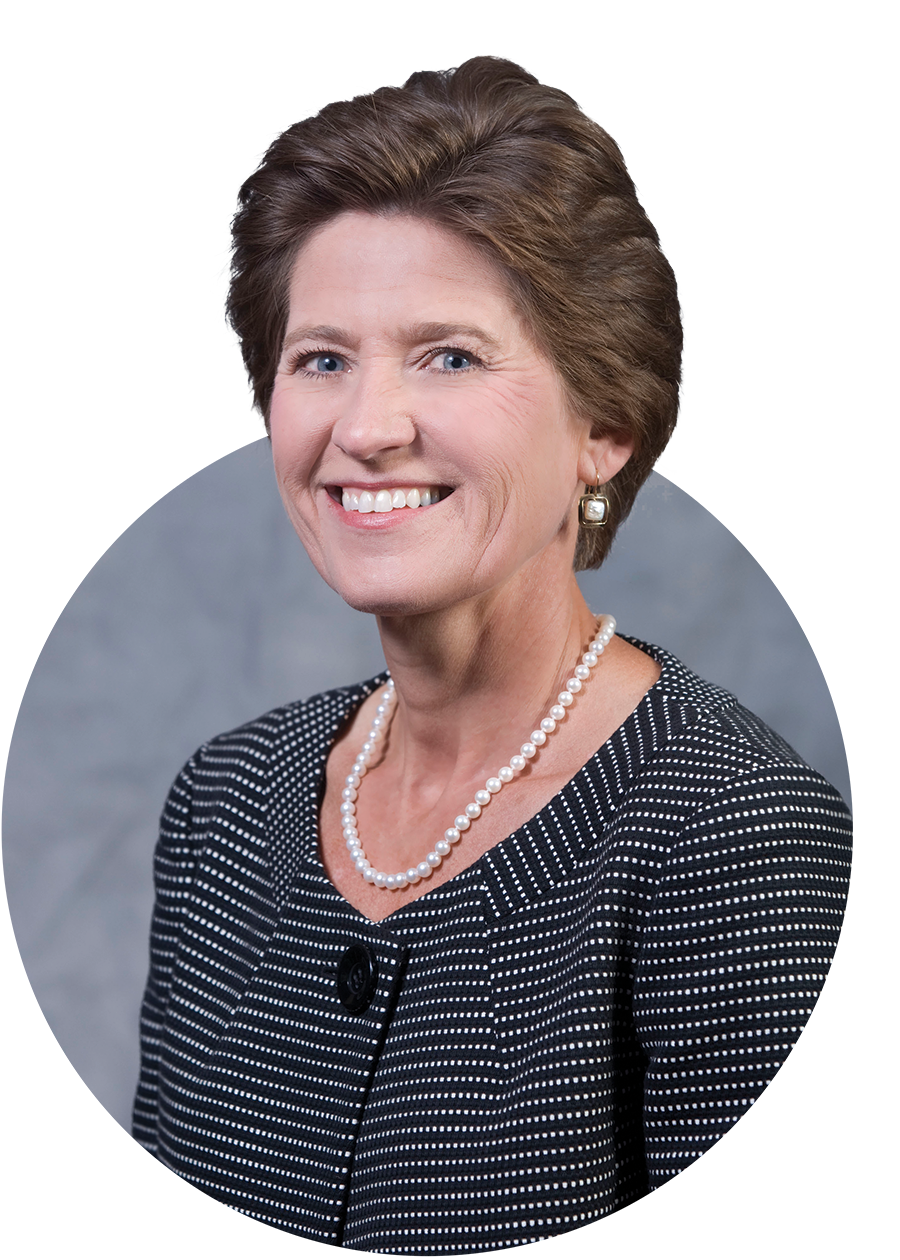
Chief Executive Officer
What is OpsDataStore and why was it founded?
In today’s digital economy, every enterprise has business processes and functions that are enabled by software. Most are deemed critical because they facilitate interactions with customers, suppliers, partners, and employees. The need to monitor and analyze the performance of these applications has intensified to ensure a company delivers the desired customer experience while being cost conscious.
The challenge is increasingly complex as technology teams need this capability to span systems that are physically in house, virtually dispersed across the globe, or in a hosted cloud. OpsDataStore was founded to help organizations bring relevance and predictive abilities across the entirety of their technology stack.
Our customers think of us as an analytics and visualization platform for technology operations. Organizations that previously had to monitor each application and its supporting infrastructure independently can now leverage OpsDataStore to build a custom dashboard and topology map of their entire environment and use machine learning to proactively optimize performance enterprise-wide.
What is the business impact of data-driven IT operations?
Most CIOs tell me they employ an over-capacity strategy because they can’t risk throughput and response time being an issue. With our solution, and its end-to-end visibility into performance over time, we can give them confidence to reduce their over-capacity strategy. Even a 10 percent reduction would save them an incredible amount of money and time.
In addition, our dashboard allows them to see anomalies and predict where bottlenecks are likely to occur, so they can intervene to prevent problems. When failures do occur, they use the insights from our solution to identify all of the interdependent components of their infrastructure that were in use when the failure occurred, thus reducing the time for root cause analysis and resolution.
You were on the board before you were named CEO. What’s it like on the operational side?
First, the pace and number of working hours have surely changed. Being on the board prior to running the day-to-day operations provided me the chance to really learn the business, understand what skills needed to be augmented, and identify where we were in our business life cycle. It really gives both sides a chance to assess the fit, and it was a fantastic way to come into a company because it accelerated my time to contribution.
You’ve worked for several companies well known for good leadership. What lessons did you learn?
I think the most meaningful piece of advice I have adhered to is to have an attitude and goal of learning something new every day. Everyone and every experience can teach you something important, so I always try to learn from others’ perspectives and think about how I can do something better based on a willingness to include diversity of thought. The other sage advice is: you can have it all—just not at the same time—so don’t be afraid to say no.
What are some technology trends you see occurring in enterprise-level organizations?
I think one of the biggest trends we’re seeing is organizations exploring how they address problems before they happen rather than reacting to them. Everything moves so quickly, and the pace of change is only accelerating.
No one wants customers and stakeholders to be negatively impacted when critical systems are not functioning properly, so they are striving to incorporate data-driven decisions and AI into their operations.
Whether you’re talking about a financial transaction, an e-commerce solution, a data breach, or an employee tool, organizations realize they need to be predictive rather than forensic. Enabling IT operations to utilize big data and AI tools they have already successfully provided to other parts of the organization will make a significant impact on delivering a digital business.
